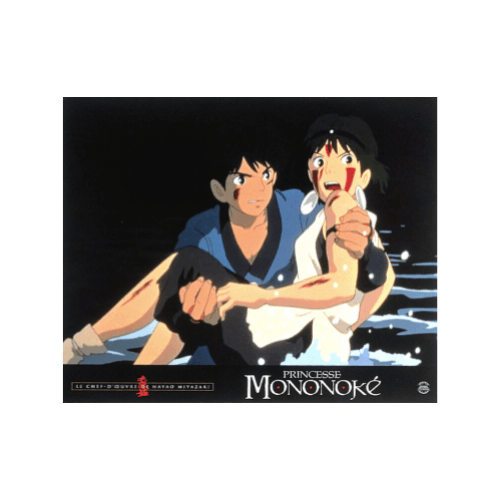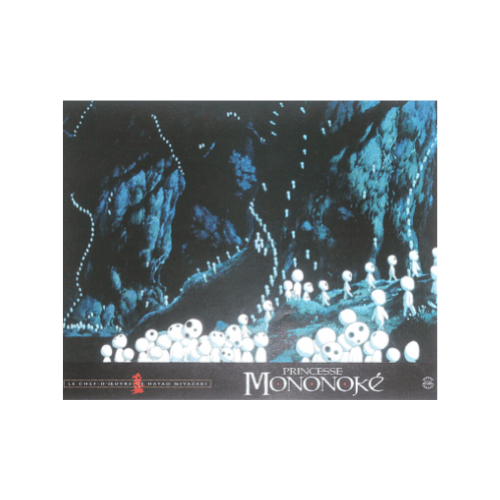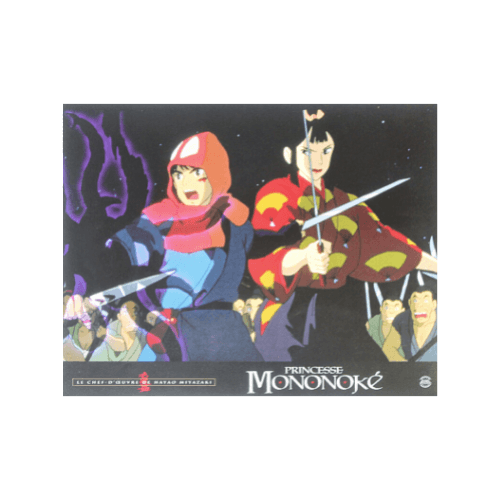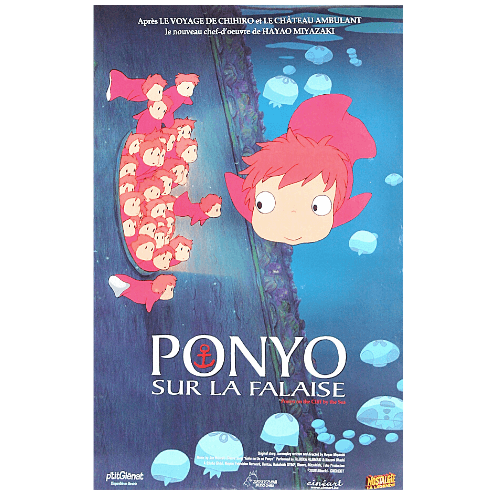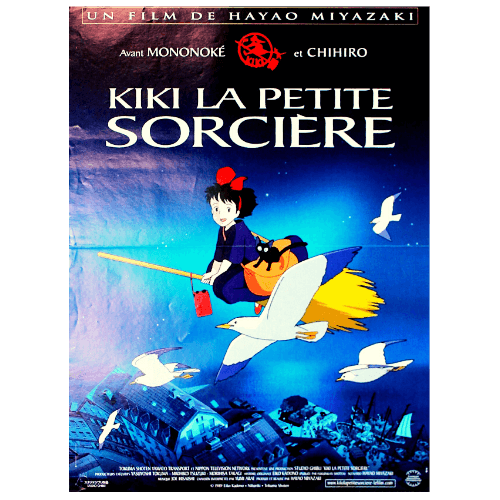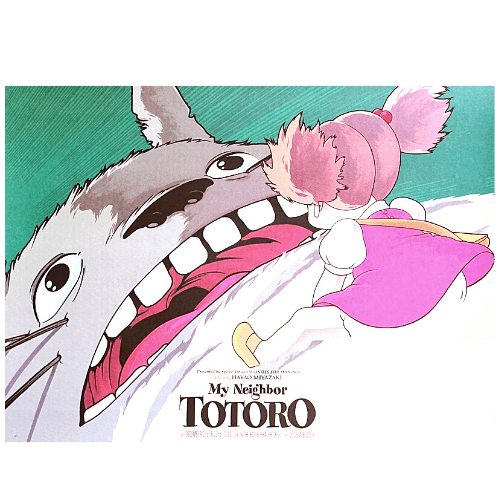Princess Mononoke at 25
- By: theartofcinema
- Category: Uncategorized
- July 25, 2022

It is quite staggering to contemplate that this magnificent animated Japanese film which feels so timely and relevant today could be 25 years old this week. First released in July 1997 and considered by many to be the finest Studio Ghibli film, this complex, sometimes strange, violent and bloody animation by director Hayao Miyazaki is said to be representative of the existential crisis which was gripping both Japan and the director himself during the late 1990s, and it may not be the first Studio Ghibli film you choose to share with your young children. It is deliberately and overtly different from his previous well-known films which are soaked in the beauty of nature. Miyazaki built Studio Ghibli’s more family friendly entertaining and life affirming reputation during the 1980s on films such as the massively popular Kiki’s Delivery Service and My Neighbour Totoro. Princess Mononoke however represents a growing despair and existential and spiritual angst with the seemingly cursed natural world in a deliberate move away from the gentle and faith in nature films that preceded it.
To understand the film it is relevant to remember Japan’s backdrop during this period. During the early 1990s Japan among other national crises was still reeling from both an economic downturn and recession, and the effects of the Kobe earthquake which killed over 6000 people. Then in 1995 came the rise of the Aum Shinrikyo terrorist cult who launched a sarin gas attack on the Tokyo Metro. These events combined allegedly shook Miyazaki’s leftist political faith and spurred his desire to make a film which he considered more “substantial”.
Neil Gaiman was drafted in to write the English language script of this Japanese animation classic in 1997. The animated fantasy film recounts the epic story of Prince Ashitaka who, before killing a boar god demon which attacks his village, is grabbed by the arm and cursed. This curse gives him superhuman powers but also pain and will kill him so he must leave his homeland on a quest to find a cure. Folk and forest gods such as the wolf god Moro and her feral daughter San (the Princess Mononoke) and the eerie Shishigami who appears as a giant deer with the Kodama or tiny tree spirits populate the world in a clash of good and evil, nature and mankind.
